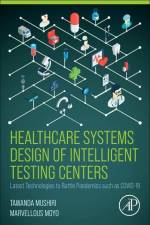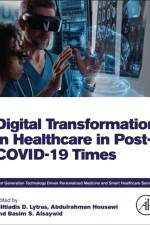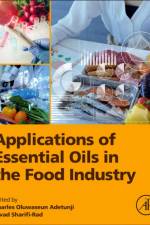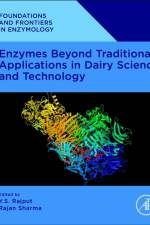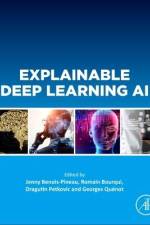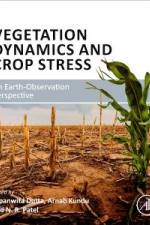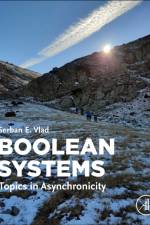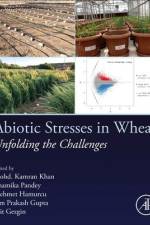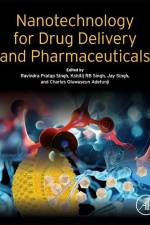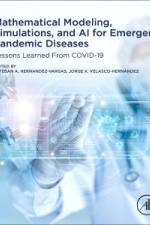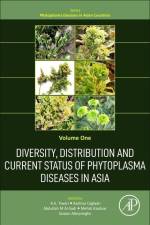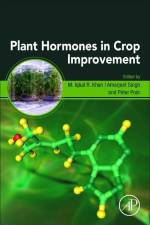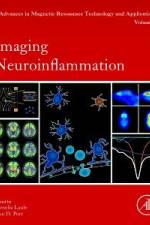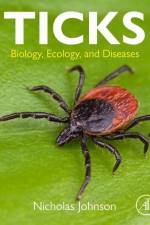av Serban E. Vlad
2 545
The Boolean functions may be iterated either asynchronously, when their coordinates are computed independently of each other, or synchronously, when their coordinates are computed at the same time. In Boolean Systems: Topics in Asynchronicity, a book addressed to mathematicians and computer scientists interested in Boolean systems and their use in modelling, author Serban E. Vlad presents a consistent and original mathematical theory of the discrete-time Boolean asynchronous systems. The purpose of the book is to set forth the concepts of such a theory, resulting from the synchronous Boolean system theory and mostly from the synchronous real system theory, by analogy, and to indicate the way in which known synchronous deterministic concepts generate new asynchronous nondeterministic concepts. The reader will be introduced to the dependence on the initial conditions, periodicity, path-connectedness, topological transitivity, and chaos. A property of major importance is invariance, which is present in five versions. In relation to it, the reader will study the maximal invariant subsets, the minimal invariant supersets, the minimal invariant subsets, connectedness, separation, the basins of attraction, and attractors. The stability of the systems and their time-reversal symmetry end the topics that refer to the systems without input. The rest of the book is concerned with input systems. The most consistent chapters of this part of the book refer to the fundamental operating mode and to the combinational systems (systems without feedback). The chapter Wires, Gates, and Flip-Flops presents a variety of applications. The first appendix addresses the issue of continuous time, and the second one sketches the important theory of Daizhan Cheng, which is put in relation to asynchronicity. The third appendix is a bridge between asynchronicity and the symbolic dynamics of Douglas Lind and Brian Marcus.


